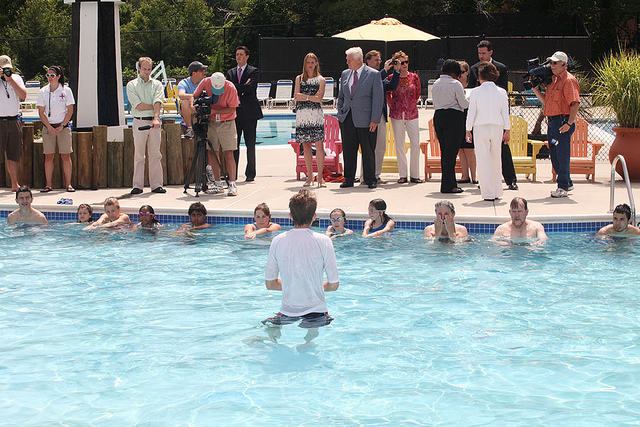Please read part 1 before reading this blog.
This blog will aim to discuss why mastering a movement is so hard and how this can relate to physical literacy.
Children in primary schools are drilled to grasp the fundamental movement skills (or as they should be called ‘sports fundamental movement skills) in key stage 1 and then asked to master them in sports and games in key stage 2 (see video). The reason for adding the word ‘sport’ before the fundamental movement skills phrase is because they are specific to sports and games. As humans, our fundamental movement skills are basic but more importantly necessary for daily living. For example: getting out of bed or sitting down on a chair. As a result, it is the sports fundamental movement skills that allow children to explore their embodied potentials through competition in sports and games. This brings children pleasure and satisfaction that are often mistaken as fun.
Movements in sports and games can be isolated or combined. For example: running (isolated) or running and throwing/catching (combined). Can we truly say in a game of netball that by running and throwing/catching a ball they have mastered throwing/catching as a skill? It is hard to distinguish mastery of a skill unless it can be reproduced in different sports and games, for example: basketball, rounders, pop-lacrosse, and water polo to name a few. Sticking with netball children can only master a skill of catching/throwing if they can perform the skill in meaningful situations: static, moving, under pressure (opponent etc…), at different heights, conditions (venue and weather), in competition and the list goes on. This is why it is so hard to master a movement and the National Curriculum (DfE, 2014) demand this of all children by the end of year 6. Moreover, children should be given ample amount of time to broaden their movement skills and perform these skills in meaningful situations.
Likewise, isolated and combined movements in sports and games are often performed instinctively, and in the moment these skills are individualised. In doing so, these movements are often seen as new movements, bizarre or even somewhat genius. So does this show mastery of a movement or interpretation and just sheer pure luck? I would argue that these movements show throwing and catching for example in relation to ones embodied potential. It is the teacher, practitioner or coach that should aim to develop children’s motivation, confidence, physical competence, knowledge and understanding of the importance of these movements and how they can transfer to sports and physical activities.
With linking mastery of movement(s) to physical literacy, the concept can support the learning process. In turn, children that have simply learned a skill of catching/throwing in a lesson, as instructed, can remain unaware of how to transfer these skills into a game situation or an environment that challenges the children. For example: motivation (intrinsically), confidence (under pressure), physical competence (technique) and knowledge and understanding (rules and tactics). Therefore, mastering a movement takes a lot of practice and time. It can be said that mastery can take 10,000 hours to achieve. Even then, sports stars make mistakes and fail to throw/catch a ball. Have they truly mastered a skill or are they just better than those who are working at different stages on their development? If we take the monist approach of embodied potentials, even sports stars have not achieved mastery of a movement, but maybe mastery of their own embodied movements, at their peaks? Furthermore, the concept of mastering a movement is very hard to string together and this brings us on nicely to my next blog. Following on from this, it is relevant to discuss being physically literate and illiterate. Also, this will bring us a step closer to establishing how can physical education assessment can be linked to a physical literacy outcome.
References:
DfE (2014) The national curriculum in England: Key stages 1 and 2 framework document. London: The Stationery Office.

